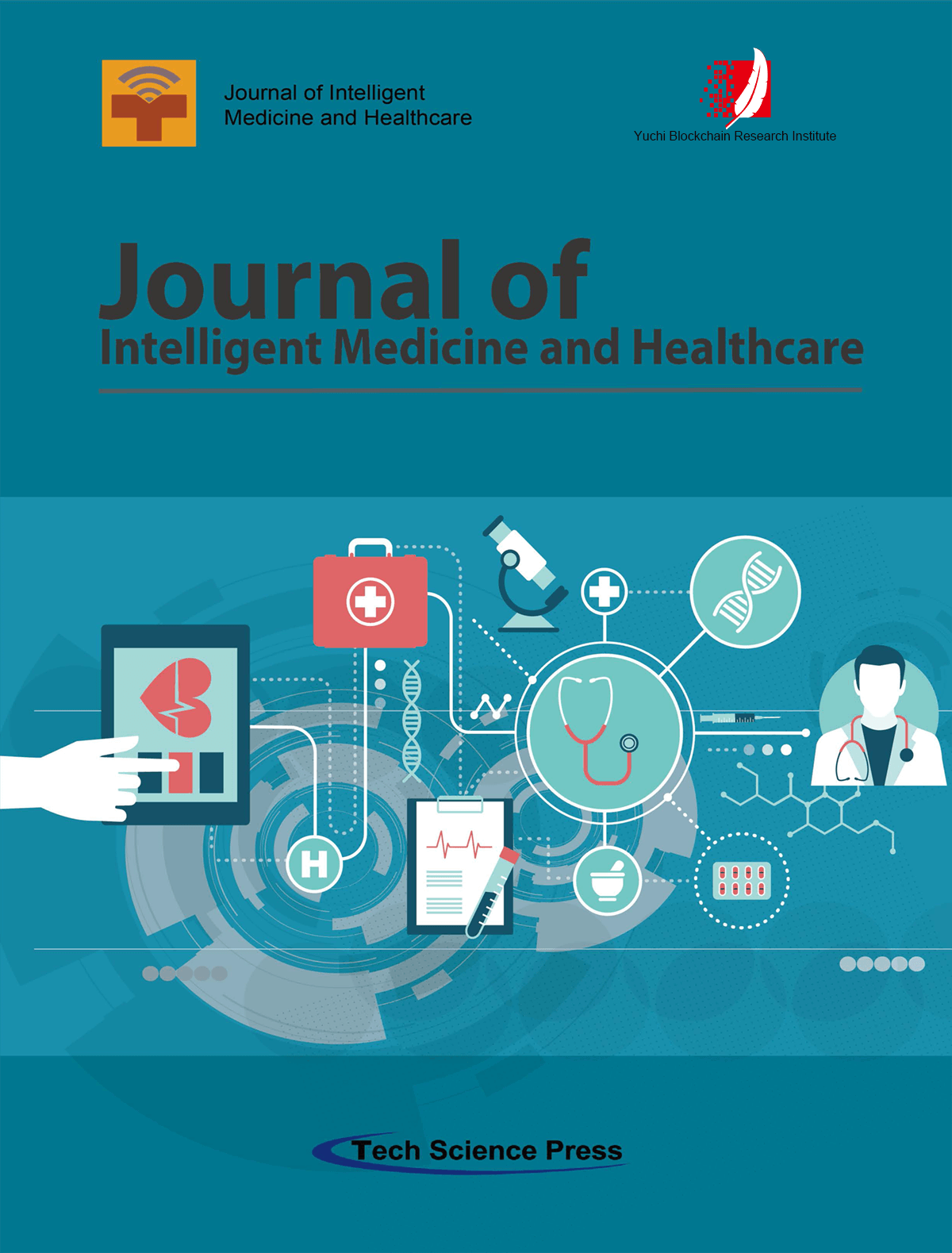
Innovation and rapid technological development in intelligent medicine and healthcare impacts profoundly on many aspects of people’s life. It is believed that developing advanced intelligent algorithms and systems has the potential to save medical resources, reduce administrative costs and burdens, improve integration between medical worker and care providers, reduce medical errors, and improve medical and healthcare quality and patient outcomes. Along with the world’s population growing and aging, challenges in medicine and healthcare on a global scale are very apparent. The vision of Journal of Intelligent Medicine and Healthcare is to attack these apparent challenges through the design of algorithms, mathematical methods, systems, devices, and policies for medicine and healthcare in an intelligent way.
 Open Access
Open Access
ARTICLE
Journal of Intelligent Medicine and Healthcare, Vol.3, pp. 1-14, 2025, DOI:10.32604/jimh.2022.062824 - 04 April 2025
Abstract Multiple Sclerosis (MS) is a disease that disrupts the flow of information within the brain. It affects approximately 1 million people in the US. And remains incurable. MS treatments can cause side effects and impact the quality of life and even survival rates. Based on existing research studies, we investigate the risks and benefits of three treatment options based on methylprednisolone (a corticosteroid hormone medication) prescribed in (1) high-dose, (2) low-dose, or (3) no treatment. The study currently prescribes one treatment to all patients as it has been proven to be the most effective on More >